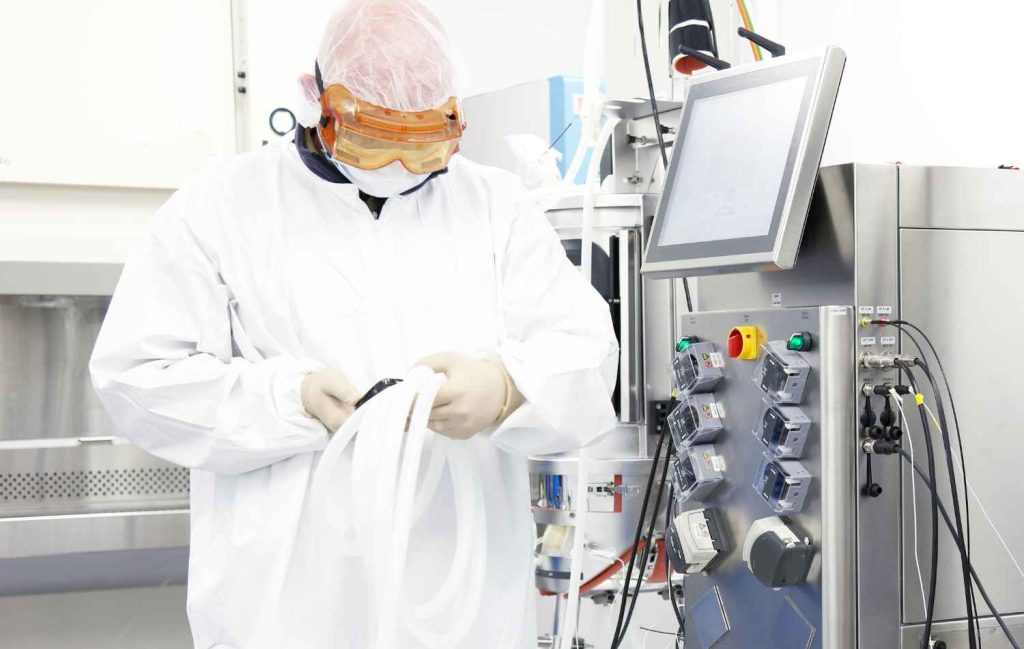
Why Is Practical Anatomy Education Crucial for Medical Professionals?
Practical anatomy education serves as the foundation for every medical professional's career. It is not merely about memorizing the names of bones or organs; it's about understanding the complex relationships between different parts of the human body and how they function together. This deep understanding is critical when diagnosing illnesses and performing surgical procedures. A doctor's ability to visualize what lies beneath the skin can be the difference between a successful surgery and a complication.
Furthermore, practical anatomy education, especially when conducted in a real human cadaver lab, offers an unparalleled level of realism. It allows medical students and professionals to experience the texture, density, and spatial relationships of human tissues and organs firsthand. This experience is invaluable, providing insights that textbook images and digital simulations simply cannot match. It prepares medical professionals not just to perform, but to innovate and lead in their fields, enhancing patient care and outcomes.
What Makes a Real Human Cadaver Lab Different from Alternative Training Methods?
A Real Human Cadaver Lab offers an irreplaceable learning experience that alternative training methods struggle to match. While digital simulations and 3D models have made significant strides in medical education, they lack the tactile feedback and the complexity of real human anatomy. Interacting with a real human body allows medical professionals to appreciate the variations in anatomy that can occur from one individual to another, a critical factor in surgical planning and execution.
Moreover, the emotional and ethical considerations involved in working with human cadavers introduce another layer of learning. It instills a sense of respect for the human body and the responsibility that comes with the privilege of practicing medicine. This holistic approach to learning, combining technical skill with ethical practice, is unique to cadaver labs and is paramount in shaping well-rounded, empathetic medical professionals.
How Does Training on Real Human Cadavers Improve Surgical Performance?
Training on real human cadavers significantly enhances surgical performance by providing medical professionals with a true-to-life understanding of human anatomy. This hands-on experience is critical for developing the fine motor skills needed in surgery, where precision and dexterity are paramount. By practicing on cadavers, surgeons can familiarize themselves with the feel of real tissues, learn how to navigate around vital structures, and understand the variability in anatomy among different individuals.
Moreover, cadaver training allows for the simulation of complex surgical procedures in a risk-free environment. Surgeons can practice, make mistakes, and learn from them without the pressure of immediate patient outcomes. This opportunity to refine techniques and decision-making processes before entering the operating room can drastically reduce surgical errors and complications.
Additionally, working with cadavers helps in building confidence. Knowing that they have practiced on real human bodies, surgeons feel more prepared to handle unexpected challenges during live surgeries. This confidence, combined with the technical skills honed in the cadaver lab, directly translates to improved surgical performance and ultimately, better patient care.
In What Ways Does Cadaver Training Enhance Patient Outcomes?
Cadaver training plays a pivotal role in enhancing patient outcomes in several key ways. First and foremost, it equips surgeons with a deeper understanding of human anatomy, allowing for more precise surgical interventions. This precision reduces the risk of damaging surrounding tissues, leading to fewer post-operative complications and faster recovery times for patients.
Secondly, the hands-on experience gained from cadaver training boosts the surgeon's confidence and competence in performing complex procedures. This confidence, backed by practical knowledge, translates into more successful surgeries with better clinical outcomes. Surgeons who have trained extensively on cadavers are also better prepared to handle unexpected anatomical variations and complications, ensuring patient safety during challenging operations.
Furthermore, cadaver training encourages a multidisciplinary approach to patient care. It offers a unique learning environment where medical professionals from different specialties can collaborate, share knowledge, and develop integrated strategies for treating complex conditions. This collaborative approach fosters a more comprehensive understanding of patient care, ultimately benefiting the patient through more coordinated and effective treatment plans.
In essence, cadaver training not only advances the surgical skills of medical professionals but also significantly contributes to the overall quality of patient care, leading to improved health outcomes.
How Can Medical Curricula Incorporate Cadaver Labs to Maximize Benefits?
To maximize the benefits of cadaver labs, medical curricula can adopt several strategies. First, integrating cadaver labs early and consistently throughout the medical education process ensures that students develop a solid foundation in anatomy and surgical skills. This early exposure allows students to build upon their knowledge progressively, enhancing their understanding and skills over time.
Second, curricula can be designed to encourage active, hands-on learning rather than passive observation. By engaging directly with the cadavers, students can gain practical experience that is invaluable to their future careers. This approach fosters critical thinking and problem-solving skills, as students learn to navigate the complexities of human anatomy in a hands-on environment.
Additionally, incorporating interdisciplinary learning opportunities within the cadaver lab can enrich the educational experience. For example, bringing together students from medical, nursing, and allied health programs can promote teamwork and improve communication skills among future healthcare professionals. This interdisciplinary approach reflects the collaborative nature of healthcare delivery, preparing students for the realities of working in a healthcare team.
Lastly, leveraging technology to supplement cadaver lab training can further enhance learning outcomes. Tools such as virtual reality and 3D modeling can provide additional layers of understanding, allowing students to visualize anatomical structures in ways not possible with cadavers alone. By combining traditional cadaver labs with modern technological tools, medical curricula can offer a comprehensive and effective learning experience that prepares students for the challenges of modern medicine.

